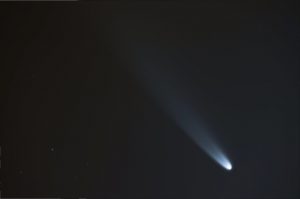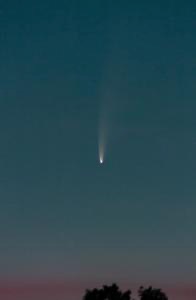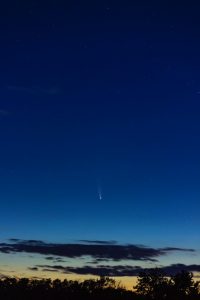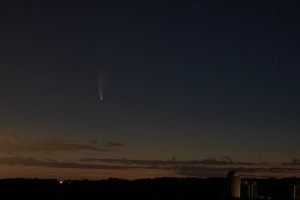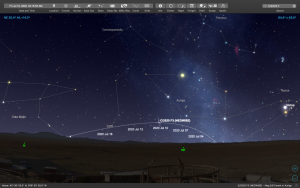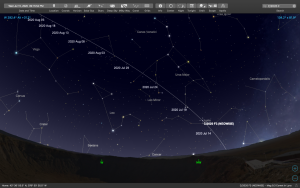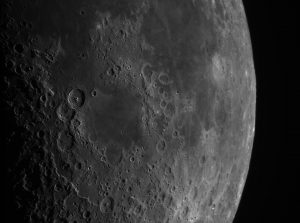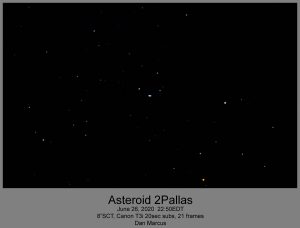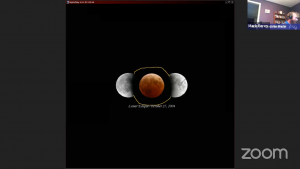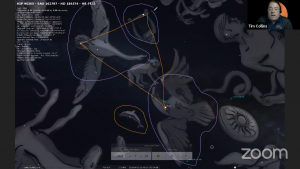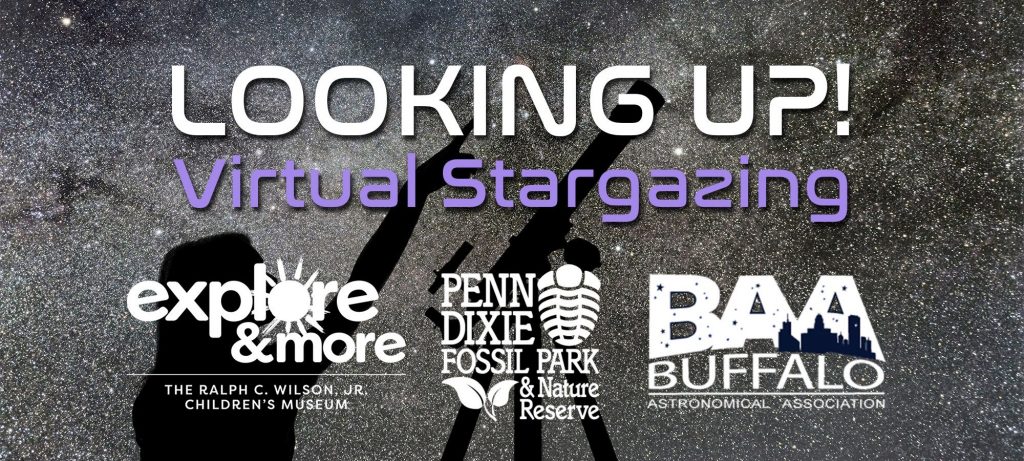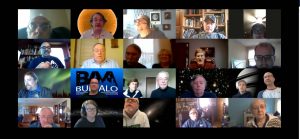Welcome back to the BAA blog. We had two virtual astronomy events as the moon waned this week — a “Tuesday Night” imagers meeting on Wednesday, and a joint event with Penn Dixie Fossil Park Thursday night. Both events showcased a variety of live views, knowledge, and images from our members.
Wednesday Night Supernova – M61 and 2020jfo
Dan M. took a great image of M61 on Wednesday evening during the Tuesday Night Imagers group, which shows emerging supernova 2020jfo.Click the image to open it in a higher-resolution view:
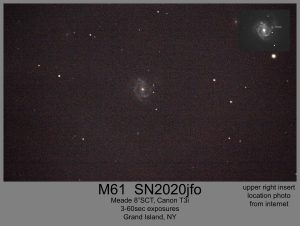
If you’d like to find out more about 2020jfo, you can read Sky and Telescope’s article on it, or check out this page from ASRAS where you can view a compilation of images taken by fellow amateur astronomers.
By the way, if you’re a BAA member, don’t be shy — the Tuesday Night group is a good chance to hang out and show others what you might be up to, or ask about imaging. It is open to all members, not just those among us who are imagers. You can find out when the virtual meetings are held (not always on Tuesdays!) in the members’ forum.
Thursday Night – Looking Up With Penn Dixie
Thursday was clear and perfectly cloudless (a rarity here in Buffalo) so Penn Dixie Fossil Park and the BAA were able to hold the Looking Up! Virtual Astronomy event, streamed live through Zoom. Aside from great pics, there was also helpful information from Mark P. from the Williamsville Space Lab Planetarium on how to find certain constellations in our night sky at this time of year. For the younger astronomers, Dan W. from the Explore & More Children’s Museum led a nebula-making craft session, and there was also a live question-and-answer section between Penn Dixie representatives, BAA members, and some young participants.
Here are two images from Dennis — the Leo Triplet (M65, M66, and NGC3628) as well as a capture of Venus and Mercury. Venus is the crescent shape on the left, while tiny Mercury is on the right. You may need to click on the image and get the close-up view to see Mercury:
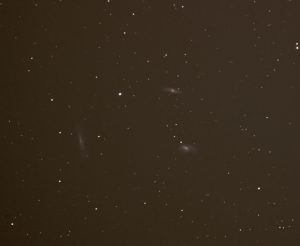
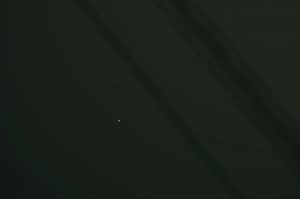
(click on the images to see a larger view)
Ernie has a live view showing the awesome crescent shape of Venus:
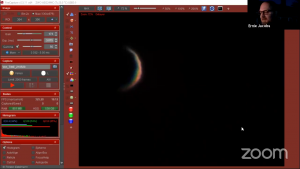 (click on the image to see a larger view)
(click on the image to see a larger view)
Dan shows the Great Hercules Cluster, M13, as well as the Cheerio-like Ring Nebula:
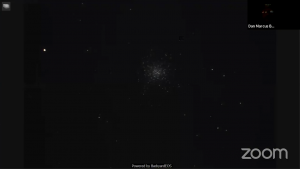
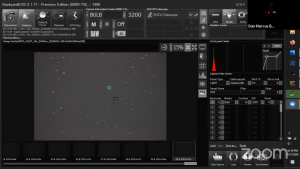
(click on the images to see a larger view)
Pat shows an amazing close-up live view of M51, the Whirlpool Galaxy:
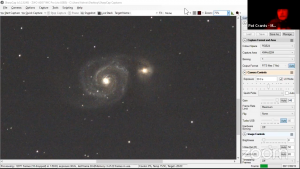 (click on the image to see a larger view)
(click on the image to see a larger view)
Overall, the stream was a great time, and proves that no matter what, astronomy can happen — even virtually! If you’re interested in watching the next event, make sure to check out Penn Dixie’s main Facebook page to find when the next Virtual Stargazing event is going to happen. You can also still view the full stream on Facebook here. If you’re a BAA member with a telescope and camera, and think you might want to help out during these Penn Dixie events, contact Ernie Jacobs for more information.
The next club event we will be having virtually is the monthly member meeting on June 6th — more information will be posted closer to that date. Hope everyone is staying safe and enjoying astronomical pursuits as well as they can.
-Emilyann
